Panavia Tornado GR1 RAF TWCU 45 Squadron
Production Time 9 to 10 weeks
Shipment is by FedEx, UPS or DHL International Express Courier with a normal door-to-door delivery time worldwide of within 2-3 business days after dispatch. Due to the current volatility of world fuel prices, the amount mentioned here is our best estimate for DHL and UPS and may be subject to change at the time of shipping.

Model Description: Panavia Tornado GR1 RAF TWCU 45 Squadron Wood Replica Scale Custom Jet Model
Manufacturer: Panavia
Wingspan: 14.1 Inches (35.8 Centimeters)
Height: 6 Inches (15.2 Centimeters)
Scale: 1:39
$259.50
Production Time 9 to 10 weeks
-
United States dollar ($)
-
Pound sterling (£)
-
Euro (€)
-
Australian dollar ($)
-
Canadian dollar ($)
-
Singapore dollar ($)
-
Swiss franc (CHF)
-
Japanese yen (¥)
-
Danish krone (kr.)
-
Hong Kong dollar ($)
-
Norwegian krone (kr)
-
Swedish krona (kr)
-
United Arab Emirates dirham (د.إ)
General Product Description
Our PlaneArt Panavia Tornado GR1 RAF TWCU 45 Squadron model exhibits unique, unrivaled quality and detailed design to come as close as possible to the accuracy of the actual plane. It comes as standard with a robust, durable base or stand which is available in a variety of different finishes designed to match your own personal requirements including solid wood, wood with polished metal supports or adjustable wood wall mount and will be ready within about 9-10 weeks from placement of order.
The Panavia Tornado GR1 RAF TWCU 45 Squadron model is made of the finest kiln dried renewable mahogany wood (commonly known as Lauan or Meranti) which has undergone many stages of carving and meticulous and careful sanding giving the beautiful, finished museum quality masterpiece. Many collectors and model connoisseurs demonstrate their preference for genuine handmade and hand painted mahogany wood models rather than plastic or die cast (diecast) alternatives due to the overall look and totally different feel of the item - we trust you will find the same. We can however, if required produce the same model in Solid Cast Resin so just click and contact us for further information. Our craftsmen and gifted artisans ensure that our finely handcrafted model airplanes match the precise blueprint details of the original aircraft. The paint scheme, markings and parts are closely matched, reflecting the original aircraft. This stylish top-quality desktop replica model will surely enthrall anyone who receives this as a gift and for sure one of the most appropriate and desirably collectable gifts for any aviation enthusiast or avid military jet aircraft collector whilst also displaying a perfect resemblance to the actual real life version.
There are many types of military jet aircraft, but the basic types are bombers, fighters, fighter bombers, spotter planes, transporters, patrol aircraft, trainers, and reconnaissance and observation aircraft. All these types of aircraft are used for different types of missions. If you're a fan of historic or present-day military aviation, our model aircraft will bring the excitement and character of these aircraft right into your own home.
If you require, we can also make the Panavia Tornado GR1 RAF TWCU 45 Squadron model in any other military, government or even private livery or colour scheme you require and if necessary, in a different size or scale. Just click here to contact us with a description or photographs of what you require, and we will let you have a quotation for the necessary customization by return email. We can also make bespoke scale replicas of any other private / civil commercial airliner or airliners, helicopter, glider, gliders with engines, military propeller, warplane jets, biplane, triplane, tail fin, spacecraft, rocket or NASA model you require in any airline, military or civilian livery or colors. We also produce model airships, blimps, dirigibles, blimps, boats, and ship collectibles. Wall plaque or seal for military, government or private customers. Again, by clicking here to contact us just let us know exactly what you need.
Unraveling the Legacy of the Panavia Tornado GR1 RAF TWCU 45 Squadron
The Panavia Tornado GR1 remains a pivotal aircraft in the annals of military aviation history, distinguished by its versatility, advanced technology, and significant contributions to various military operations. Among its many deployments, the Tornado GR1 of the RAF’s Tactical Weapons Conversion Unit (TWCU) 45 Squadron represents a unique chapter that underscores both the aircraft’s capabilities and the strategic nuances of its time.
The Origins of the Panavia Tornado:
Developed jointly by Italy, the United Kingdom, and West Germany during the 1970s, the Panavia Tornado was designed to meet the diverse needs of NATO forces during the Cold War. It emerged as a multirole combat aircraft capable of performing low-level penetration at high speeds—characteristics that were vital in an era dominated by the threat of nuclear and conventional war in Europe.
Role and Capabilities of the GR1 Variant:
The Tornado GR1 variant was primarily focused on ground-attack missions. Equipped with twin afterburning turbofan engines, it could reach speeds of up to Mach 2.2. The aircraft was notable for its swing-wing design, which allowed the wings to be swept back for high-speed flight or extended for low-speed attacks and landings. This adaptability made the GR1 a formidable asset in various operational scenarios.
RAF TWCU 45 Squadron’s Distinctive Role:
The 45 Squadron of the RAF, operating under the Tactical Weapons Conversion Unit, played a crucial role in training and converting pilots to the Tornado GR1. Stationed at RAF Honington and later transitioning to other bases such as RAF Lossiemouth, the squadron’s primary mission was to equip new pilots with the necessary skills to handle this advanced aircraft effectively.
Under the TWCU, the 45 Squadron not only focused on basic flight training but also specialized in tactical ground-attack techniques, electronic warfare, and low-altitude flying, preparing crews for the complexities of modern aerial warfare. The training was rigorous, reflecting the high stakes associated with operating such a sophisticated aircraft in potentially hostile environments.
Contributions and Operations:
Throughout its service life, the Tornado GR1 of the 45 Squadron participated in various significant military operations. One of the most notable was its involvement in the Gulf War (Operation Desert Storm), where it performed exceptionally in conducting deep-strike missions against strategic targets in Iraq. The effectiveness of the GR1 in this conflict underscored the importance of the training provided by the 45 Squadron.
Legacy and Decommissioning:
The retirement of the Tornado GR1 marked the end of an era for the RAF and the 45 Squadron. As newer technologies and aircraft emerged, the Tornado was phased out in favor of more modern platforms capable of delivering advanced capabilities in line with contemporary military needs. However, the legacy of the Tornado GR1, particularly that of the RAF TWCU 45 Squadron, continues to be celebrated for its significant contributions to aerial combat training and operational success.
Conclusion:
The Panavia Tornado GR1 of the RAF’s TWCU 45 Squadron epitomizes a critical period in military aviation, blending technological innovation with tactical excellence. The squadron’s dedication to preparing pilots for the rigors of combat ensured that the Tornado was not just a machine of war but a symbol of strategic prowess. Its story is a testament to the dynamic interplay between technology and human skill—a narrative that continues to inspire and inform future generations in the field of military aviation.
| Weight | 6 kg |
|---|---|
| Dimensions | 17 × 14.1 × 6 in |
Be the first to review “Panavia Tornado GR1 RAF TWCU 45 Squadron” Cancel reply
Similar Models
Helicopters
Military Airplanes - Propeller
Military Airplanes - Propeller
Military Airplanes - Propeller
Private & Civilian
Private & Civilian
Military Airplanes - Propeller
Military Airplanes - Propeller
Military Airplanes - Propeller
Military Airplanes - Propeller
Military Airplanes - Propeller
Military Airplanes - Propeller
Military Airplanes - Propeller
Military Airplanes - Propeller
Boats, Ships & Submarines
Boats, Ships & Submarines
Military Airplanes - Propeller
Military Airplanes - Propeller
Military Airplanes - Propeller
Military Airplanes - Jet
Military Airplanes - Jet
Military Airplanes - Jet
Military Airplanes - Jet
Military Airplanes - Propeller
Military Airplanes - Propeller
Military Airplanes - Jet
Military Airplanes - Jet
Military Airplanes - Jet
Military Airplanes - Propeller
Military Airplanes - Jet
Military Airplanes - Propeller
Military Airplanes - Propeller
Private & Civilian
Military Airplanes - Propeller
Military Airplanes - Propeller
Private & Civilian
Israel Aircraft Industries IAI-1124 Westwind TNT Air Couriers
Military Airplanes - Propeller
Military Airplanes - Jet
Military Airplanes - Jet
Military Airplanes - Jet
Military Airplanes - Jet
Military Airplanes - Propeller
Military Airplanes - Propeller
Military Airplanes - Jet
Military Airplanes - Jet
Military Airplanes - Jet
Military Airplanes - Jet
Military Airplanes - Propeller
Military Airplanes - Jet
Military Airplanes - Jet
Military Airplanes - Jet
Military Airplanes - Propeller
Military Airplanes - Propeller
Military Airplanes - Propeller
Military Airplanes - Propeller
Military Airplanes - Jet
Military Airplanes - Jet
Military Airplanes - Propeller
Military Airplanes - Jet
Private & Civilian
Military Airplanes - Jet
Military Airplanes - Propeller
Private & Civilian
Military Airplanes - Propeller
Military Airplanes - Jet
Military Airplanes - Propeller
Military Airplanes - Propeller
Military Airplanes - Propeller
Military Airplanes - Propeller
Military Airplanes - Propeller
Military Airplanes - Propeller
Military Airplanes - Jet
Military Airplanes - Jet
Private & Civilian
Military Airplanes - Jet
Military Airplanes - Jet
Helicopters
Helicopters
Helicopters
Military Airplanes - Propeller
Helicopters
Military Airplanes - Jet
Blackburn Buccaneer RAF 237 Operational Conversion Unit OCU Squadron
Military Airplanes - Propeller
Private & Civilian
Military Airplanes - Jet
Military Airplanes - Jet
BAe British Aerospace Hawk T.1 Mk.1 Royal Air Force RAF Red Arrows
Military Airplanes - Jet
Military Airplanes - Propeller
Military Airplanes - Propeller
Military Airplanes - Propeller
Military Airplanes - Propeller
Military Airplanes - Propeller
Military Airplanes - Propeller
Military Airplanes - Propeller
Military Airplanes - Propeller
Military Airplanes - Propeller
Private & Civilian
Private & Civilian
Helicopters
Private & Civilian

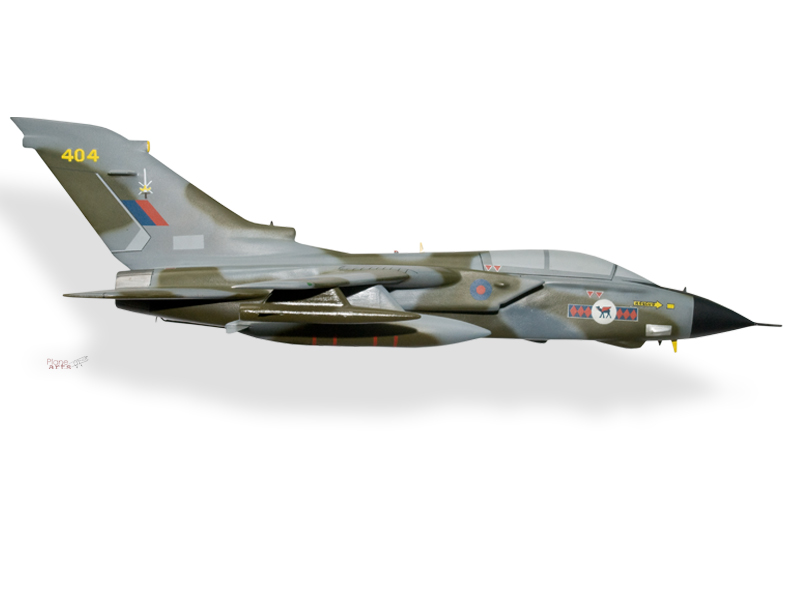

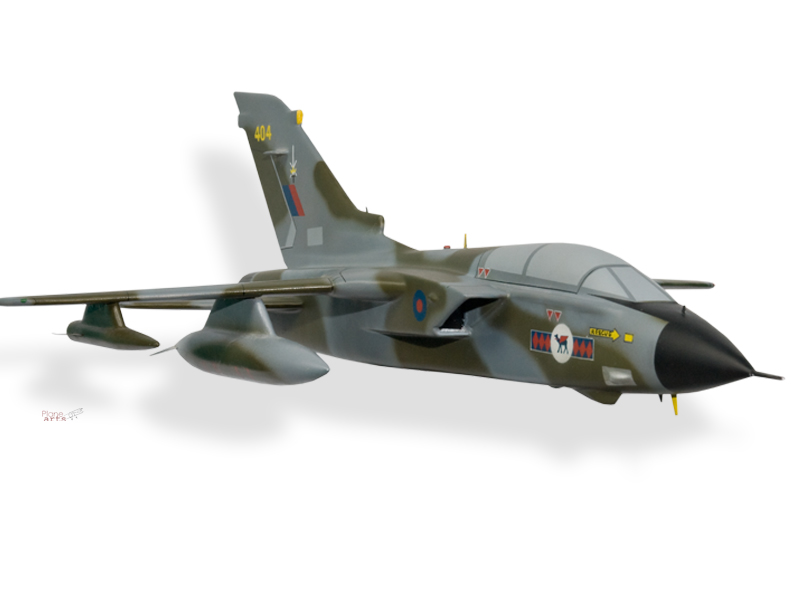
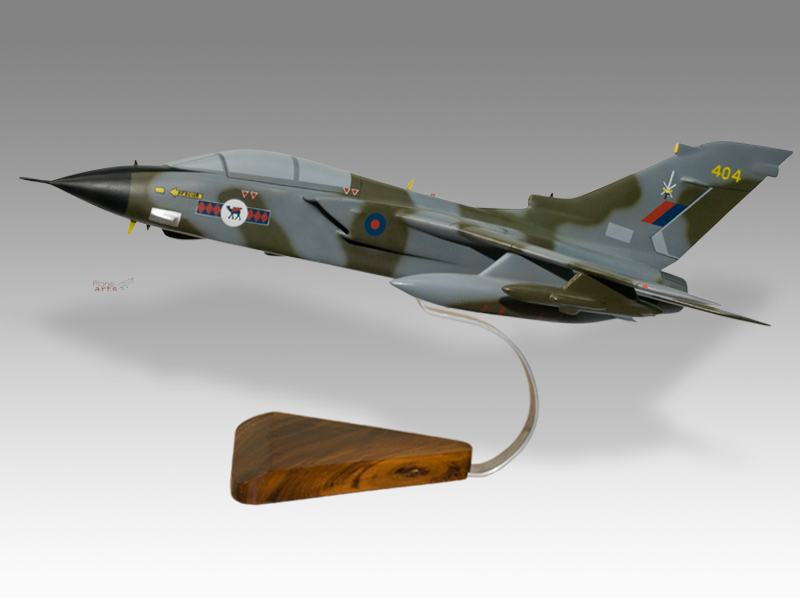
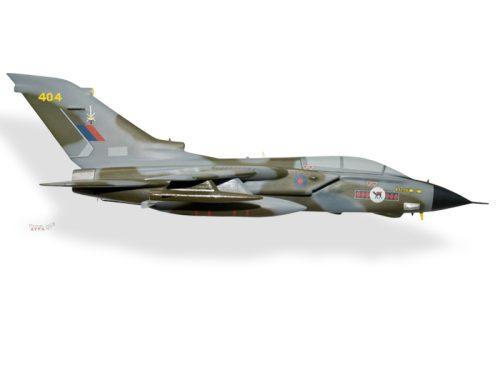

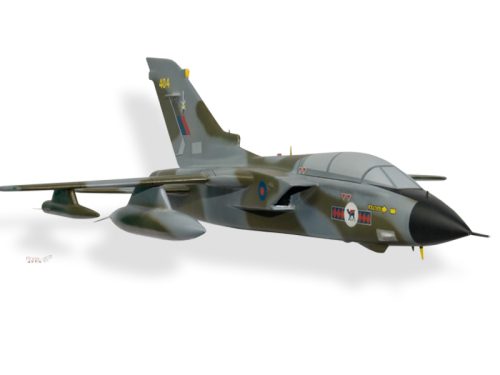
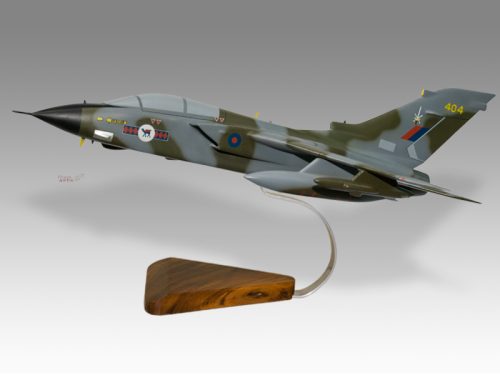
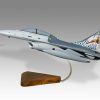

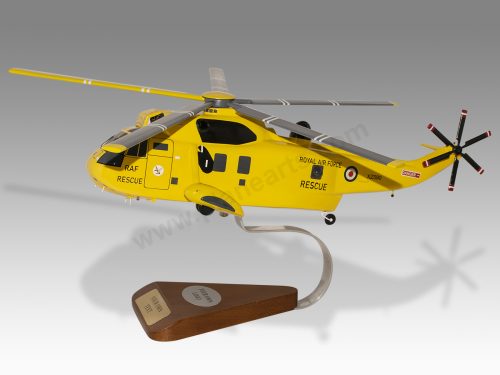
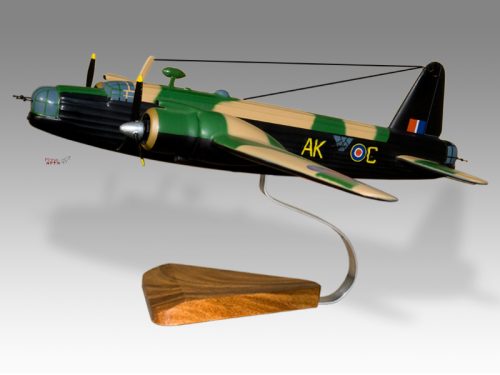

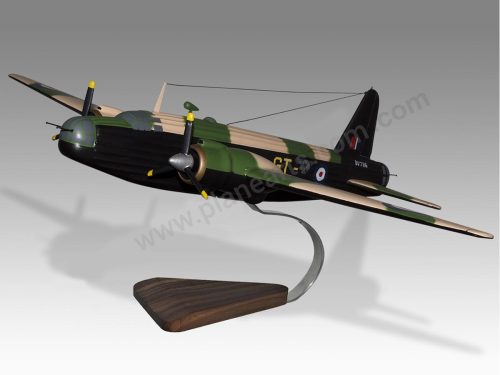

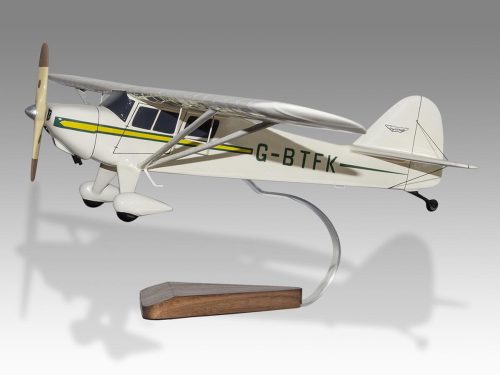
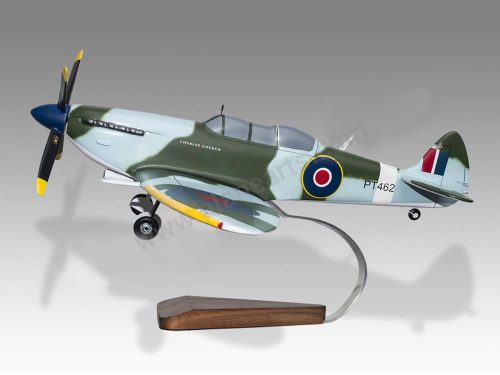
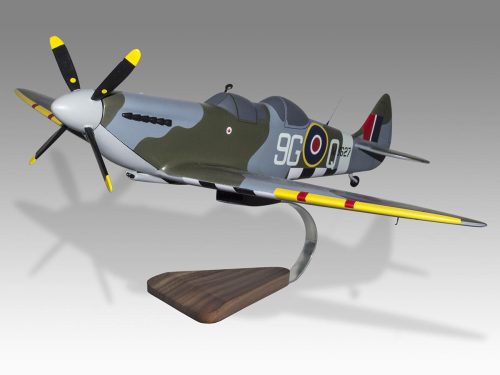
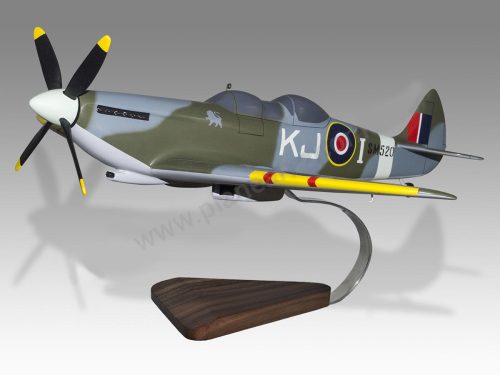
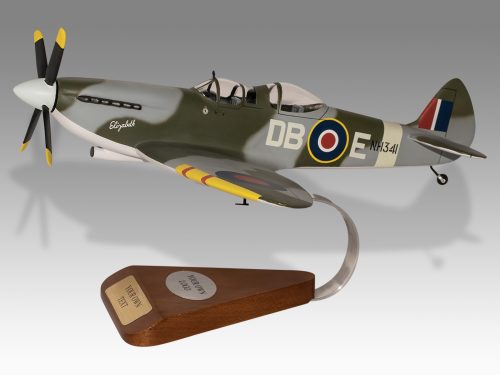
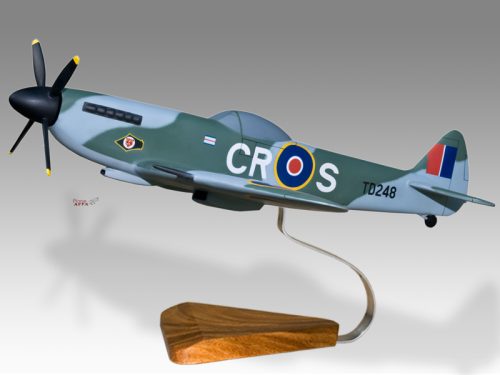
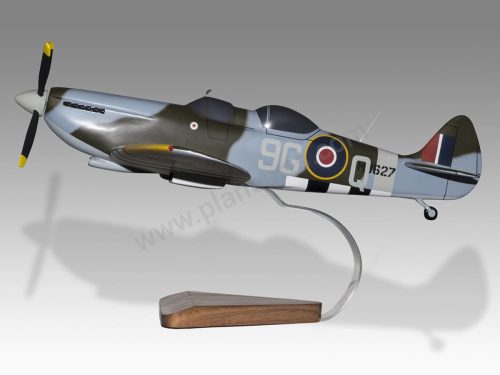
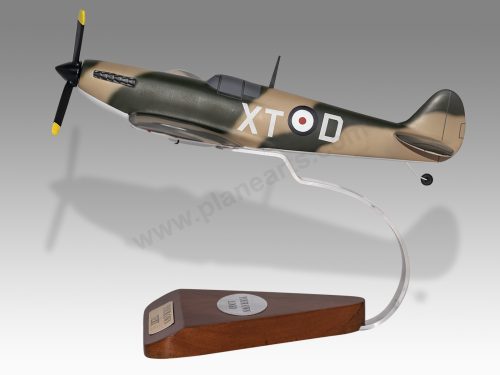
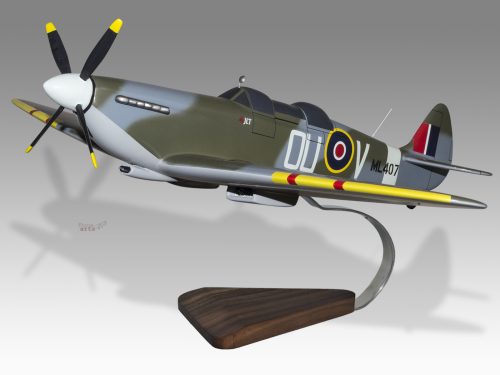




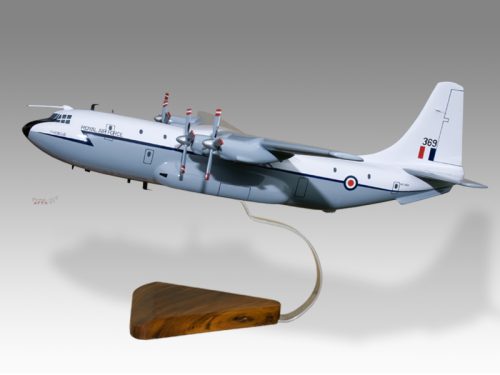

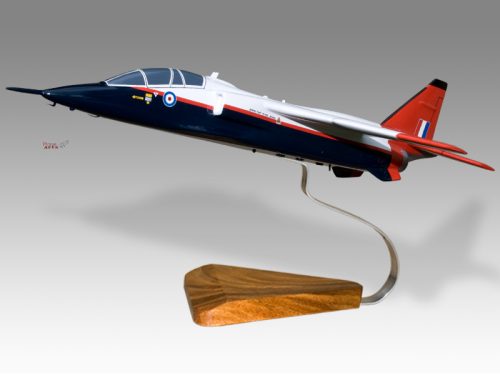
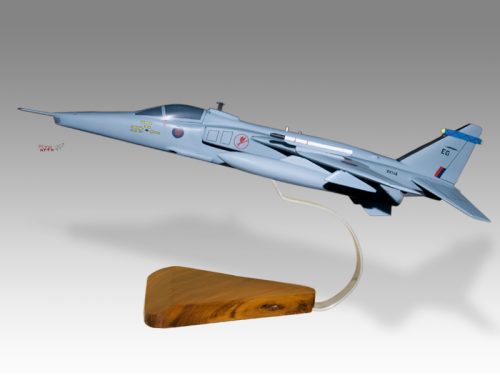
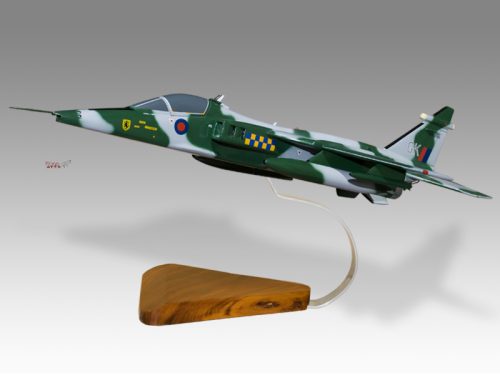
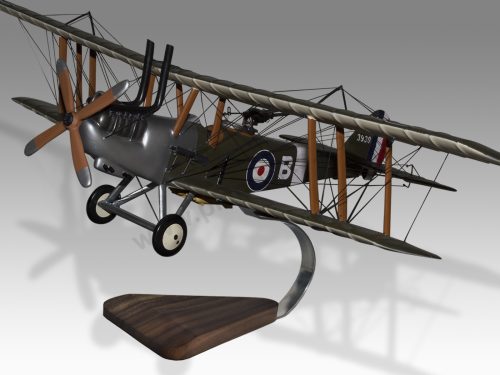
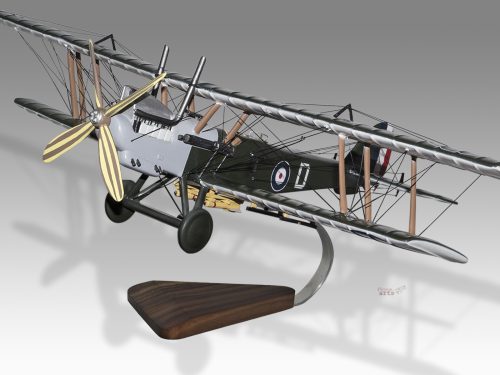
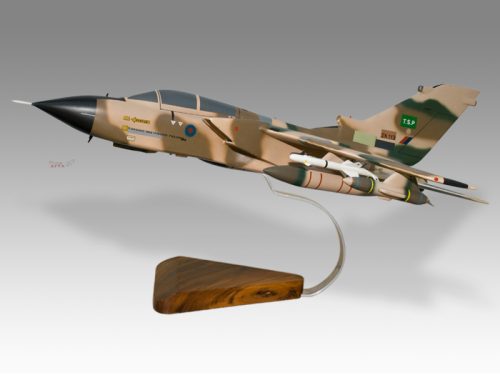
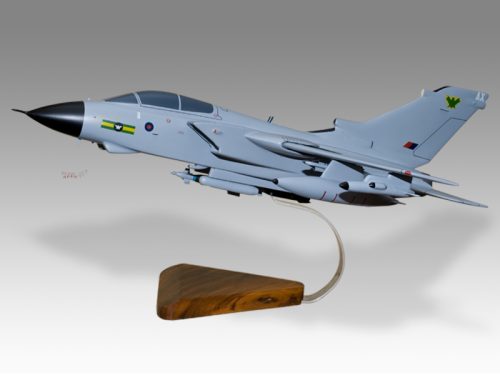
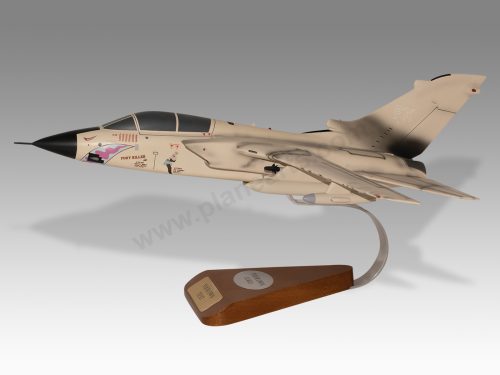
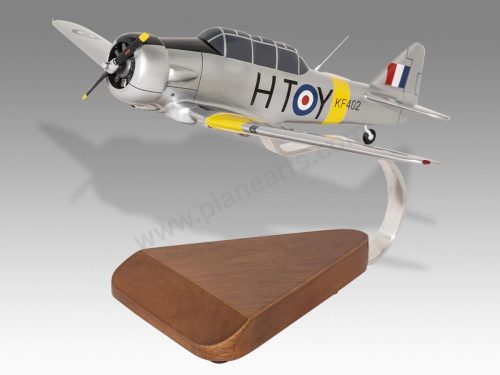

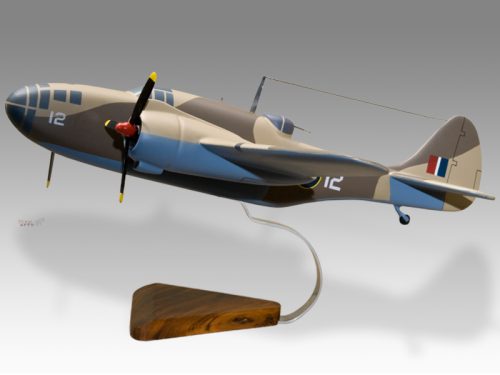
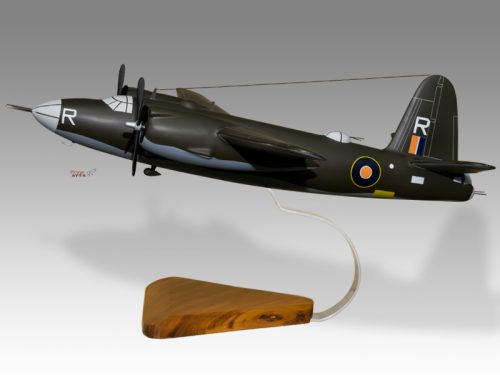

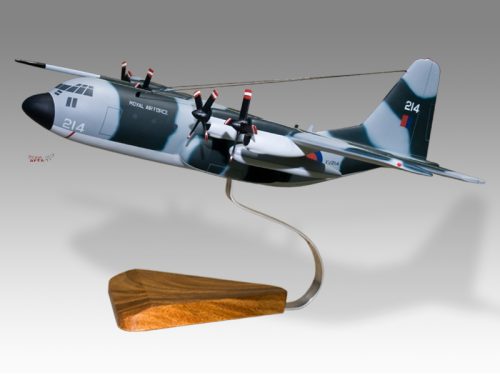



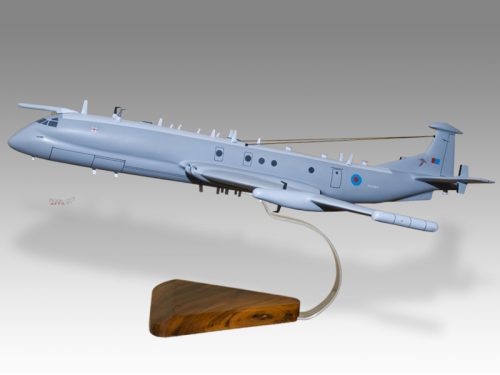
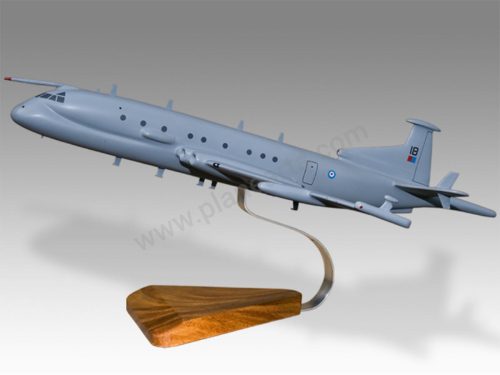


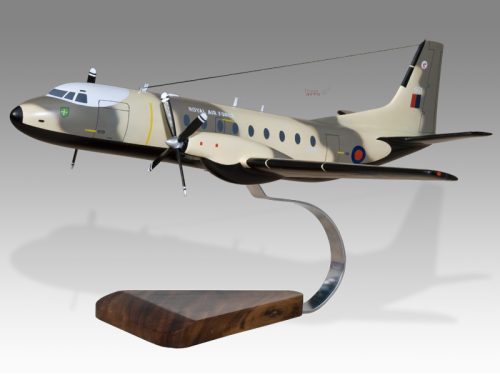


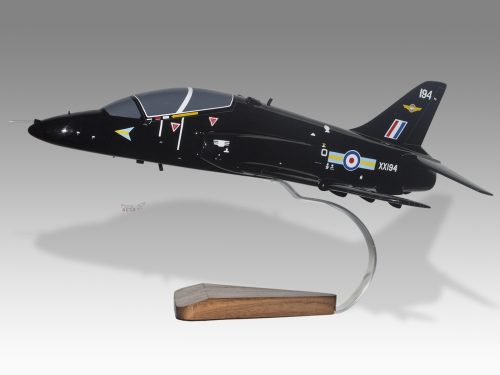
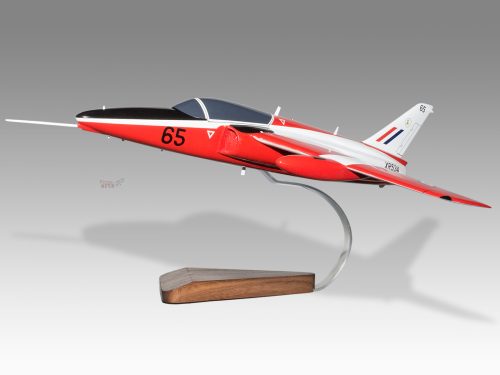
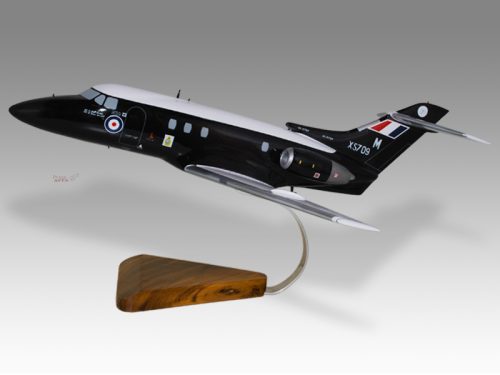
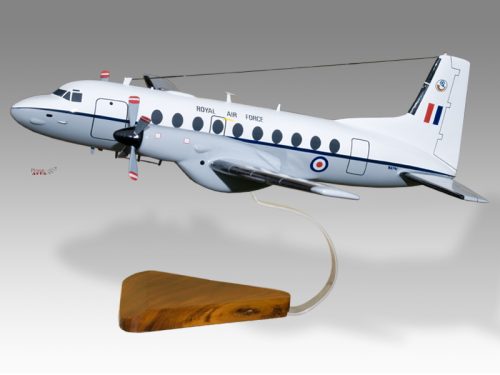
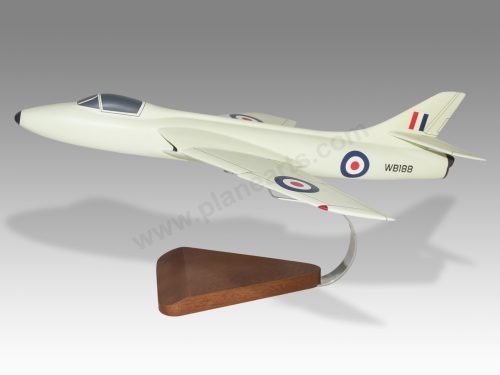
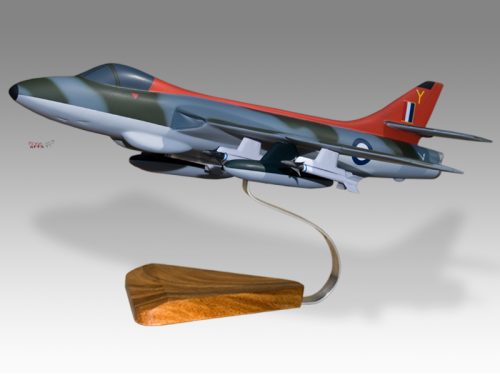

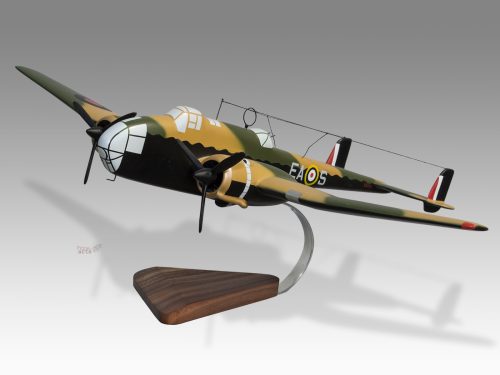

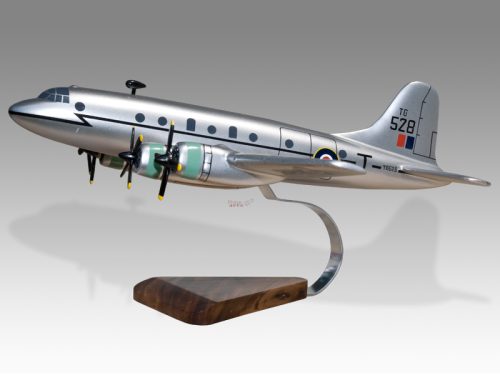
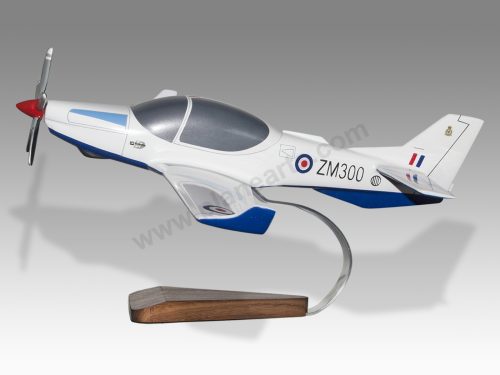

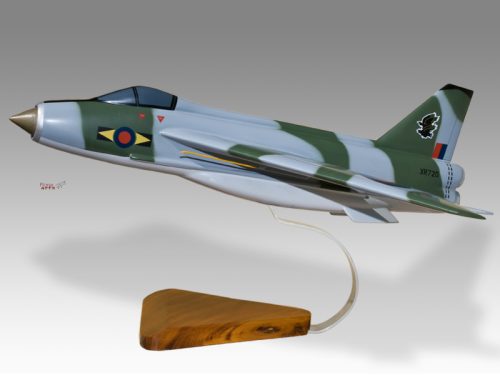


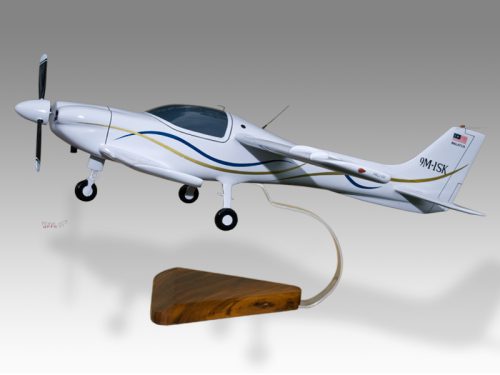
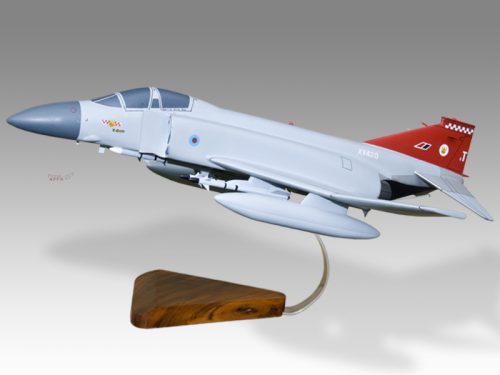
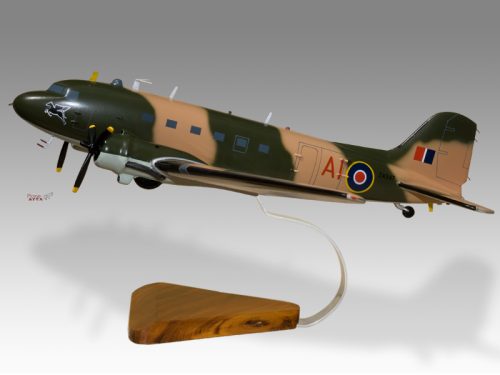

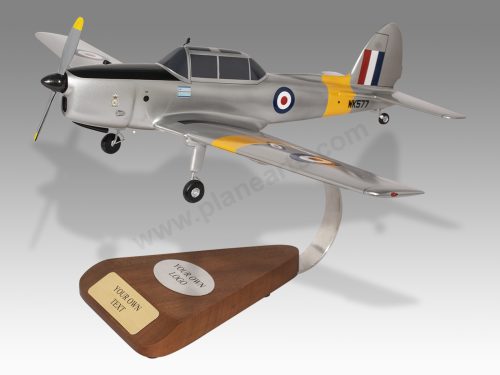
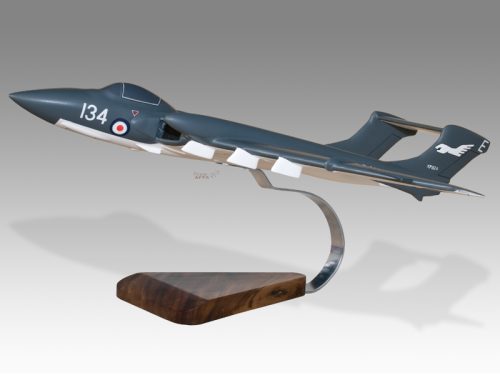
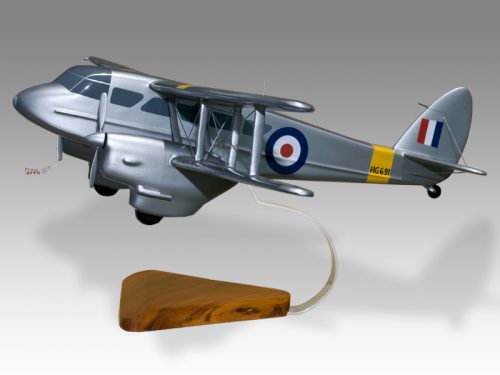
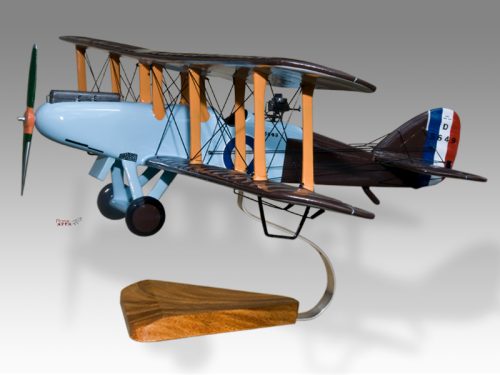
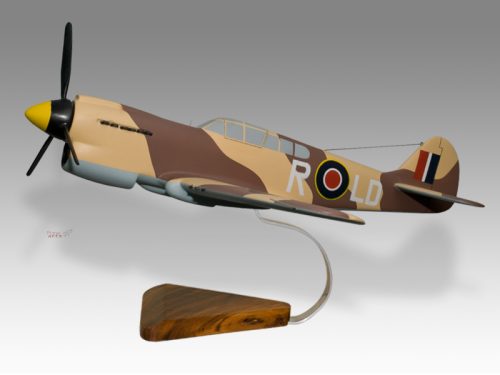

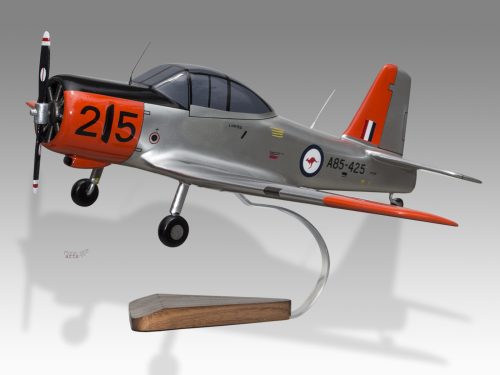

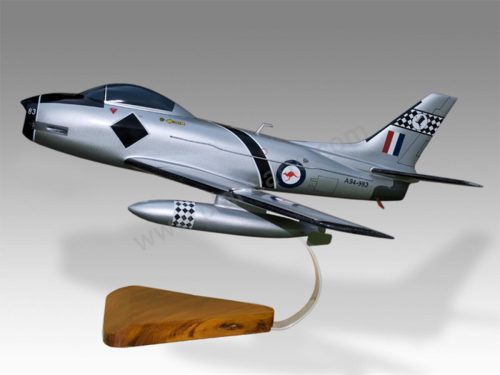
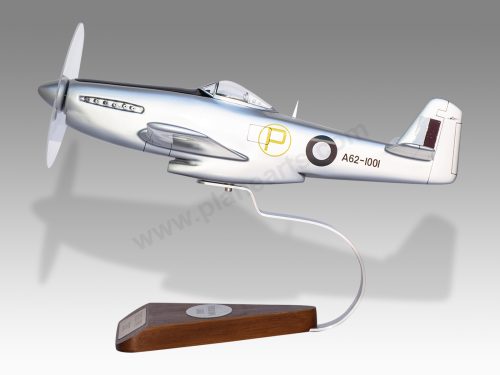
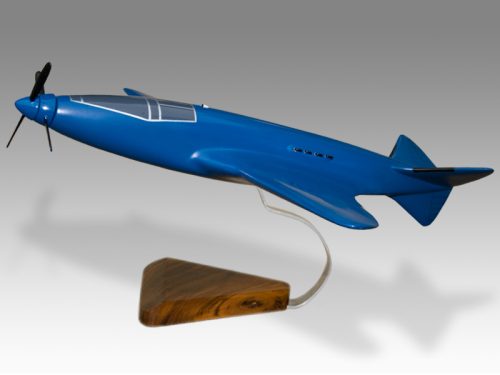
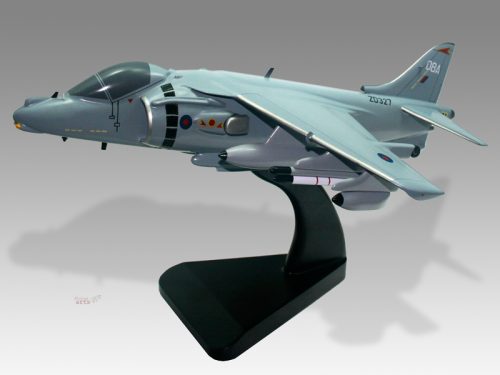
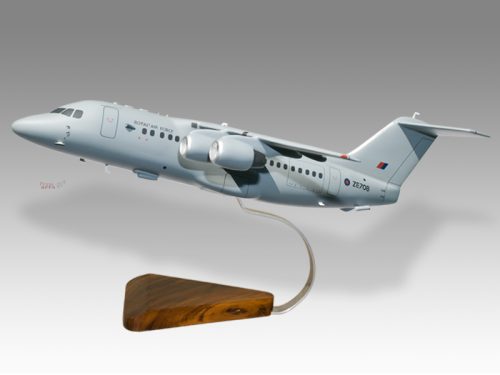

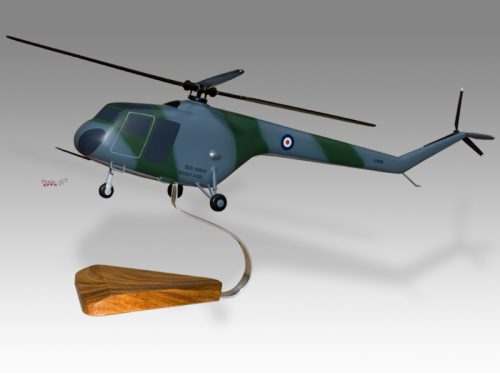
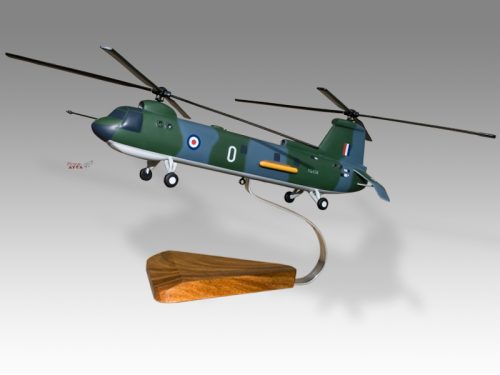

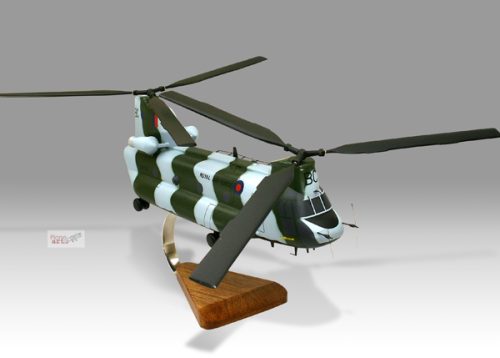
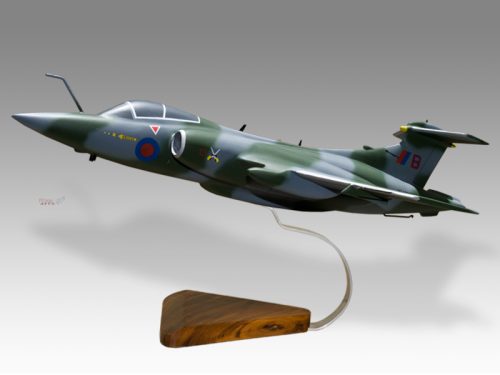
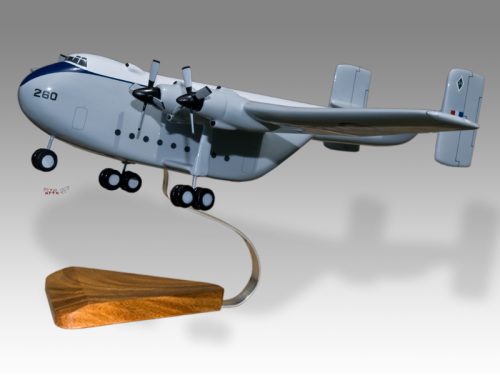
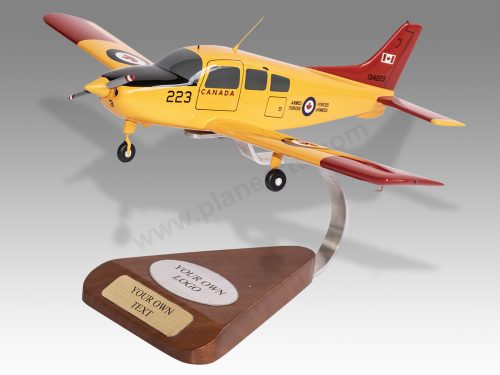
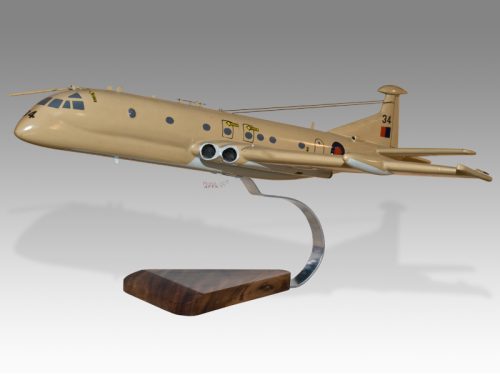

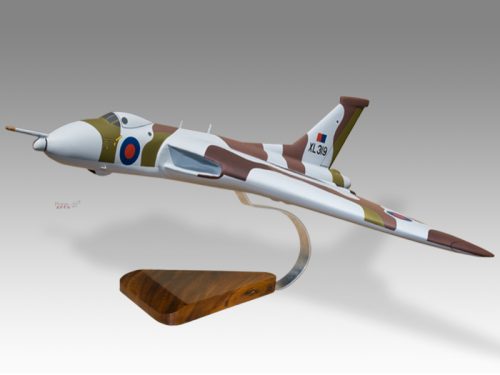
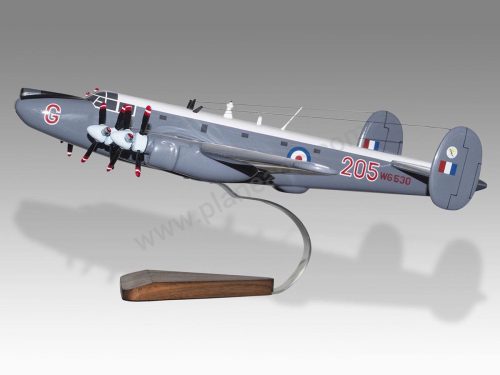

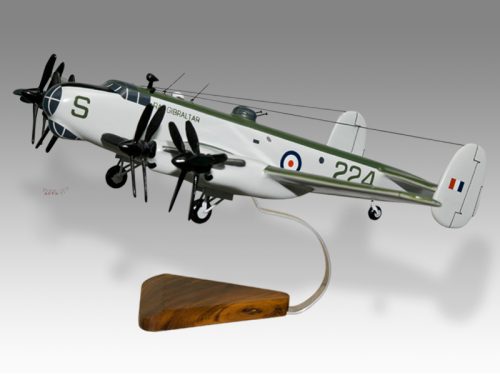
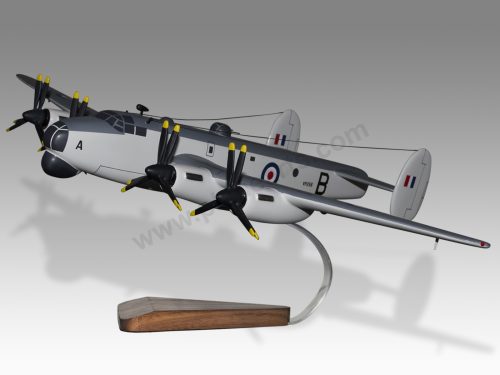
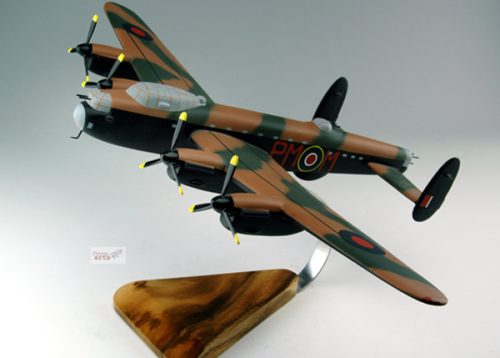
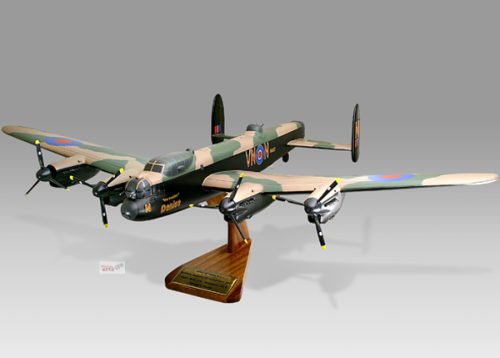
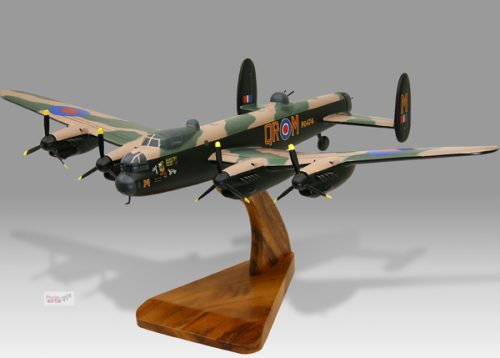


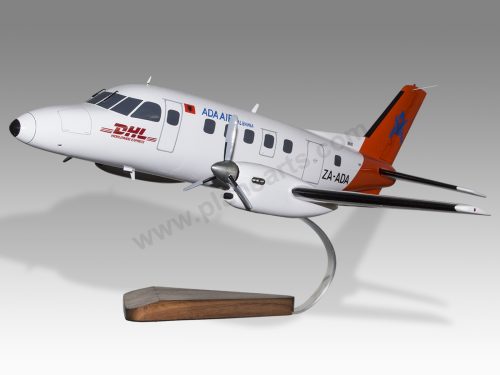

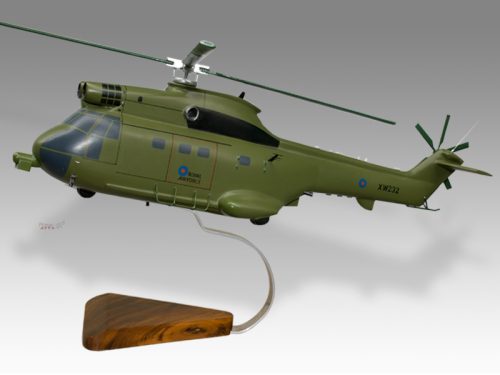

Reviews
There are no reviews yet.